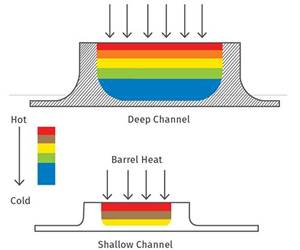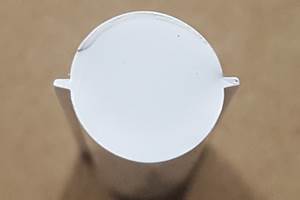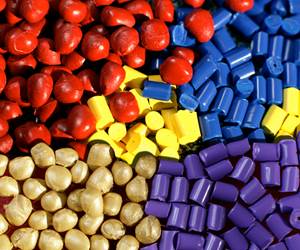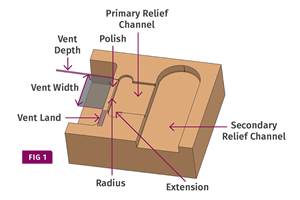Know the Three F’s Of Profile Tooling Design
Designing an extrusion profile and ultimately the die design and sizing equipment cannot be executed successfully without a full understanding of the customer’s quality expectations or specifications.
Designing an extrusion profile and ultimately the die design and sizing equipment cannot be executed successfully without a full understanding of the customer’s quality expectations or specifications. For generations, quality was the last thing anyone thought about in an extrusion process. Quality control was a process that inspected the product to determine what could be shipped and what would be scrapped and sent to the grinder.
The extrusion industry has come a long way over the past 50 years. With the advent of statistical process control (SPC), technology-based extrusion processors better understand their equipment capabilities and can better assess what is feasible and what is not from a tolerance perspective.
NEEDS VS. WANTS
Quality starts at the beginning of the process by understanding the customer’s needs and wants. One way to differentiate your company from others is to understand the “critical-to-quality” attributes in the early stages before the development portion of the process starts.
To be successful in the development of a new profile extrusion, it is important to determine the “needs” and “wants” before designing the respective profile. For some engineers it is difficult to discern between these two criteria. But time spent up front determining what is critical versus what is desired is time well spent and will lead to a successful launch of the new product.
The “needs” are the important attributes that must be achieved for the part to function. Once the needs are understood and engineered into the tooling and extrusion process, you can then engineer as many “wants” as feasible without sacrificing other attributes.
Critical-to-quality attributes describe the Form, Fit, and Function of a product necessary to fulfill customers’ expectations for a successful and timely product launch. It is important to understand these “Three F’s” prior to the final design of a profile extrusion and its tooling:
•Form: the attribute that describes how the part should look, i.e., the aesthetics of the part. If the part is a tube, ovality may be critical. If it is a profile, what portions must be square and true to meet the designer’s form or shape? What areas are exposed to view in the final application that could make the part unacceptable? Are die lines or sink-marks allowable? What are the required gloss level and tolerance and their effect on mating components?
•Fit: how a part interfaces in its environment with other mating components. In a tube, is the ID or OD more critical? Does the ID interface with another component or does the OD interface with a molded or extruded component. In a profile, what tolerances are critical to allow fit-up or “interference” with another component? (Interference fit describes the designed dimensions and tolerances versus mating parts and their respective tolerances.)
•Function: the attribute that describes how a part will perform in the expected environment. Critical aspects are the physical characteristics required such as impact, modulus, and tensile strength, heat-distortion temperature (HDT), and UV resistance, to list a few.
Tolerances and tolerance range cannot be defined arbitrarily. Each extruder and process has unique characteristics dependent on the specifications of the equipment. Statistics (SPC) must be employed to determine the tolerances during the development process. Understanding the statistical mean (average) of a product dimension or attribute and its standard deviation helps determine the tolerances that can be achieved on a given production line.
Related Content
The Importance of Barrel Heat and Melt Temperature
Barrel temperature may impact melting in the case of very small extruders running very slowly. Otherwise, melting is mainly the result of shear heating of the polymer.
Read MoreWhere and How to Vent Injection Molds: Part 3
Questioning several “rules of thumb” about venting injection molds.
Read MoreFundamentals of Polyethylene – Part 6: PE Performance
Don’t assume you know everything there is to know about PE because it’s been around so long. Here is yet another example of how the performance of PE is influenced by molecular weight and density.
Read MoreBack to Basics on Mold Venting (Part 2: Shape, Dimensions, Details)
Here’s how to get the most out of your stationary mold vents.
Read MoreRead Next
Making the Circular Economy a Reality
Driven by brand owner demands and new worldwide legislation, the entire supply chain is working toward the shift to circularity, with some evidence the circular economy has already begun.
Read MoreLead the Conversation, Change the Conversation
Coverage of single-use plastics can be both misleading and demoralizing. Here are 10 tips for changing the perception of the plastics industry at your company and in your community.
Read More









